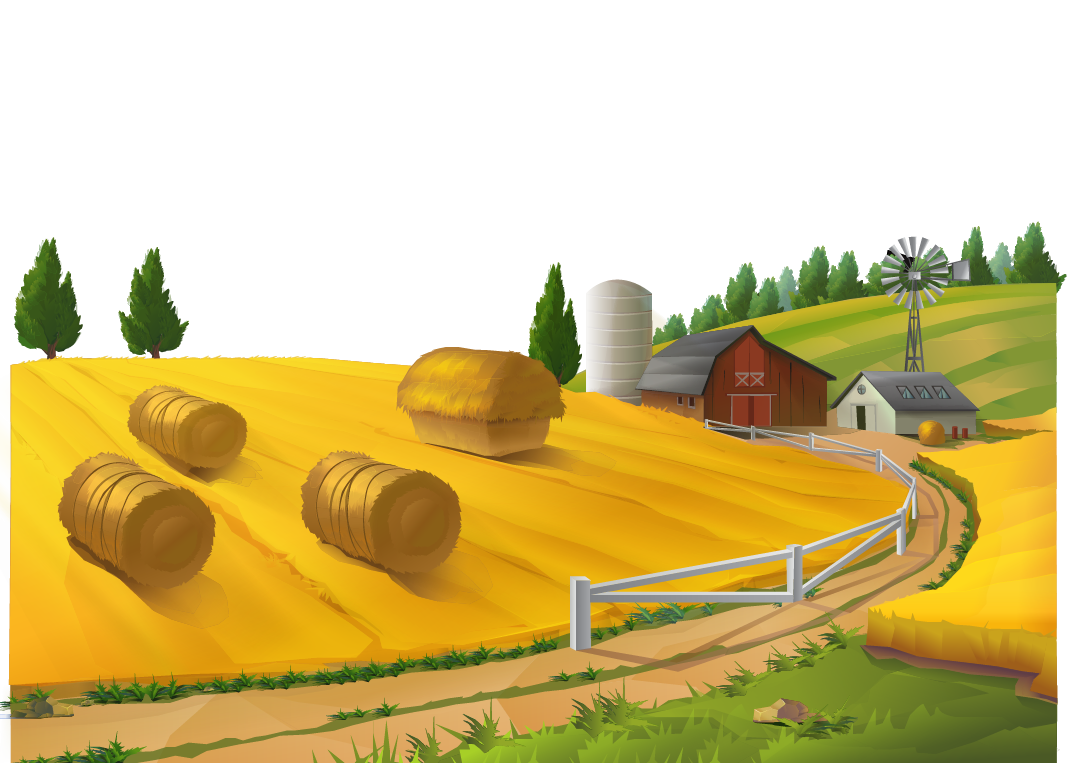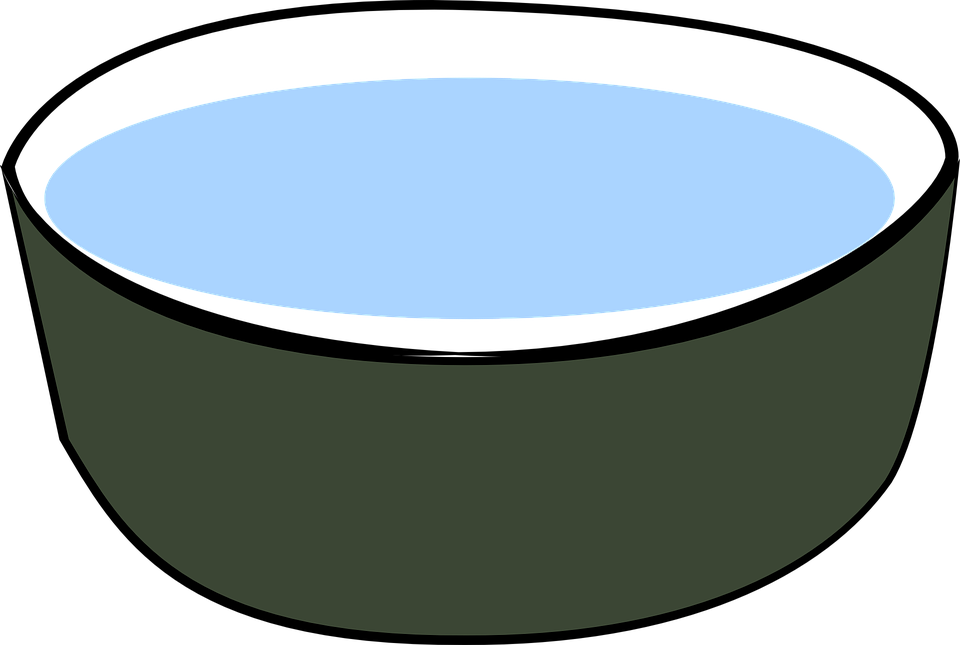EVS Worksheet : Needs of Animals For Class 2
Introduction:
In order to survive, an organism requires some basic life saving entities like nutrition, water, oxygen, a habitat and proper temperature etc. A lack of any of these fundamental necessities, proves detrimental to an animal’s survival at most and its growth and development are affected.
Needs of Animals
Of all the five, the habitat is a prerequisite of sorts, for the other four are found within an animal’s habitat.
Water
The most important nutrient for any living organisms survival is water, Water serves as the medium in which all chemical reactions take place within an animal’s body. All animals need water to regulate various biochemical processes that go on in their body. In humans, water forms 70 percent of the total body weight. If an animal loses one-tenth of its water for any reason, the results can be fatal. Water also functions in excretion of wastes, regulating body temperature and transporting food within the body.
Food
The second most important need for animal existence is food .In terms of diet, there are three types of animals existing : carnivores, herbivores and omnivores.
Animals need food to survive. The energy obtained from food is used to carry out various life sustaining processes such as transportation, respiration, digestion and excretion. Nutrition requirements take various forms. At a fundamental level, food provides energy for animals to do work . Natural Adaptations enable all animals to get food. Toothed herbivores, for example, have large, flat, round teeth that help them grind plant leaves and grasses. Some carnivorous animals, such as bears, dogs and the big cats have sharp canines and incisors for chewing through meat with ease. The digestive systems of animals have proteins known as enzymes which break down the food and convert it into energy.
Air
Air provides animals with oxygen to sustain life. Without oxygen, respiration would not take place, making death very certain. The observable effects of air can be seen throughout nature, through the swaying of the plants and the trees. The air when it flows with speed and pressure is called a breeze. Even though we cannot see air with our naked eyes, we can surely feel it being around us at all times. We also know for certain that without air, life itself would not exist. We all need oxygen for respiration. The animals that live both on land and even the aquatic animals need oxygen to exist otherwise they would all perish there lives . Air is the fundamental building block, apart from which life would not exist.
Habitat
A habitat is the place or environment where a plant or animal naturally lives and grows . It includes water, air, trees, rain, snow, and sand. A combination of many things that including temperature, soil, available food, rainfall, and geographic location , create a habitat. Animals live in different kinds of habitats, and they’re adapted for that particular habitat. For instance, a polar bear is adapted for living in the freezing arctic conditions, whereas a shark has evolved to live in an aquatic habitat. A polar bear would certainly die in the heat if taken out of its natural habitat. A shark has gills that allow it to breathe in water but would die if removed out of water.
Shelter
All animals, like every person, require shelter to protect them from the harsh elements of nature as well as predators. Natural disasters such as landslides, forest fires, and other natural disasters must be avoided by all creatures. Without proper shelter for many animals, they’d have the same problems like anyone else in the ecosystem would. They’d be completely exposed to their predators, they’d be completely exposed to the elements of harsh weather that would wear on their skins/furs and slow them down heavily from being able to escape prey, and finally they’d be vulnerable to attack at all times.
Instructions to solve the worksheet
Given below is a picture depicting the several needs of animals . help your kid to complete the blank space by identifying the correct names based on their understanding.
Importance of Environmental Education
- EVS helps children to develop their own insights into the functioning of several things or understanding human processes in their environment. Such interactions with their surrounding environment are immensely important for the healthy development of children.
- Not only does environmental education offer opportunities for experiential learning outside of the classroom, it enables students to make connections and apply their learning in the real world.
- EVS helps learners see the interconnectedness of social, ecological, economic, cultural, and political issues.
- By providing environmental education to students they will engage problem-solving techniques of the outer world to their subjects to understand a particular problem by implying outdoor environmental solutions.
- Environmental Education gives students a new meaning of exploring mother nature to see and resolve the issues which are harmful to the environment and this will also help them in maintaining their own health by doing physical work so that their bodies will be immune from some serious health issues such as short-sightedness, obesity and in some cases even lack concentration.
- The one major issues which we need to deal with is pollution and if we don’t educate our kids about the hazardous effects of environmental damage there will be no future of the world.

















































